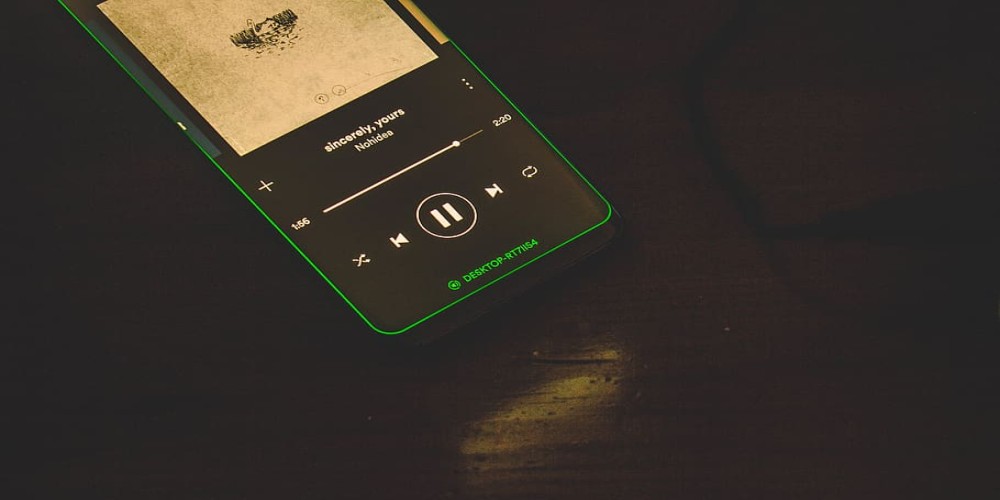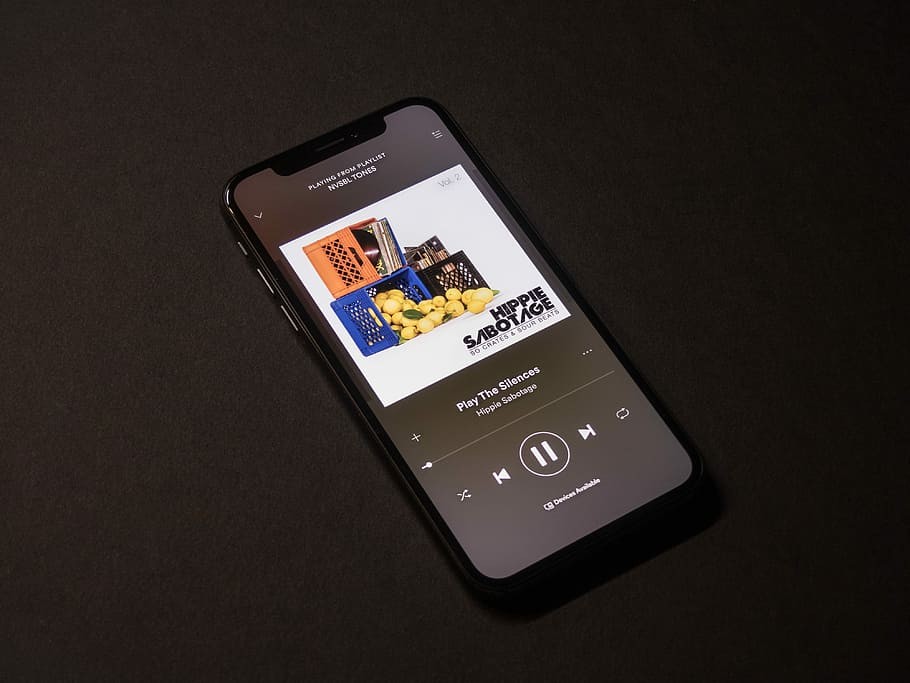04 Dec
Benjamin Carter

Music is the soundtrack to our lives, and with the advent of streaming services like Spotify, we have the luxury of curating that soundtrack to perfection. With over 70 million tracks and 2.6 million podcast titles, the possibilities are endless. But how do you navigate this ocean of audio content to create the ultimate playlist that resonates with your taste, mood, and moments? Here are some insightful tips to help you leverage Spotify's features and craft playlists that are uniquely yours.
1. Understanding Playlist Psychology: Crafting the Mood

When creating a playlist, it's essential to have a clear intention. Are you looking to set the mood for a dinner party, fuel your workout session, or find solace in a collection of melancholy melodies? The psychology behind your playlist determines its flow and impact. Start by defining the purpose of your playlist and the emotions you want it to evoke.
Consider the journey you're taking your listeners on. A well-curated playlist often mirrors the structure of a great album—starting with a captivating opener, navigating through a narrative of highs and lows, and concluding with a satisfying finale. Be mindful of the tempo, genre, and lyrical content of each track. You don't want to jar the listener with abrupt transitions unless that's the intended effect.
Group songs with similar vibes together, creating mini-arcs within the larger arc of your playlist. This can provide a sense of coherence and evolution. For example, a "Chill Sunday Afternoon" playlist might start with mellow acoustic songs, transition into lo-fi beats, and gradually introduce more lively indie-pop as the day progresses.
Moreover, keep your audience in mind. If the playlist is just for you, indulge in your guilty pleasures. However, if it's for a broader audience, consider a more eclectic mix to cater to different tastes. And remember, a playlist is never set in stone; it's a living entity that can evolve with your mood and discoveries.
2. Leveraging Spotify's Discover Tools

Spotify is equipped with powerful discovery tools designed to help you uncover new music that aligns with your tastes. To curate the ultimate playlist, you need to harness these features effectively.
Start with the Discover Weekly and Release Radar playlists, which are personalized to your listening habits. They can be goldmines for new tracks and artists to add to your own playlists. Additionally, the "Recommended Songs" feature at the bottom of each playlist suggests tracks based on the current content of the playlist and your listening history, which can provide unexpected inspiration.
Explore the "Related Artists" section on an artist's page for similar music that might fit your playlist's theme. Likewise, delve into the "Fans Also Like" tab for a broader range of options. Don't forget to use the search function to explore genres, moods, and even specific playlists curated by other users or Spotify's editorial team.
Another powerful feature is Spotify Radio, which creates a station based on a song, album, artist, or playlist. This can introduce you to a stream of tracks that have a similar vibe to your chosen seed, providing a wealth of potential additions to your playlist.
Remember, discovery is an ongoing process. Regularly update your playlists with new finds to keep them fresh and engaging. This not only benefits your listening experience but also encourages others to follow your playlists for a consistently evolving selection of tunes.
Curating Like a Pro: Organization and Detail

A well-organized playlist is a thing of beauty. It's not just about the songs you choose, but also how you present them. Start by giving your playlist a catchy and descriptive name. This will help potential followers understand what to expect and can also set the tone for your selection of tracks.
Organizing your playlist can be as simple as arranging songs in a particular order to tell a story or changing the mood gradually. However, it's also about maintaining the playlist over time. Periodically review your playlist to remove songs that no longer fit or have lost their luster. This keeps the playlist dynamic and interesting.
Attention to detail can elevate your playlist from good to great. Custom cover art and a compelling description add personality and context, helping listeners connect with the theme or purpose of your playlist. This also makes it more shareable and visually appealing when you promote it on social media or among friends.
Don't overlook the power of sequencing. The order of songs can drastically affect the listening experience. You might want to start with a bang, mellow out in the middle, and end on a high note, or you might prefer a different approach altogether. The key is to be intentional with your song placement.
Lastly, consider the length of your playlist. A good rule of thumb is to aim for at least an hour of music, giving listeners enough content to enjoy without overwhelming them. For thematic or mood-based playlists, it's often better to have a concise, well-curated selection than a sprawling, unfocused mix.
4. Engagement and Interaction: The Social Aspect of Playlists

Playlists aren't just a way to organize your favorite tracks; they're a means of expression and connection. Engage with the Spotify community to share your creations and discover others'. Collaborative playlists allow you and your friends to add songs to a shared playlist, fostering a sense of community and collective taste.
Don't be shy to share your playlists on social media or within Spotify's community forums. This not only helps you gain followers but also invites feedback and suggestions that can improve your playlist. Additionally, following other users with similar tastes can lead to discovering expertly curated playlists and new music.
Interaction is key to keeping your playlist alive and growing. Encourage your followers to suggest songs or share their thoughts on the playlist's selection. Being responsive and inclusive can create a loyal following and make the playlist creation process more enjoyable and rewarding.
Advanced Techniques: Delving Deeper into Spotify's Features
For those looking to take their playlist curation to the next level, Spotify offers a range of advanced features and techniques that can refine your approach.
One such feature is the use of audio analysis tools like "Sort Your Music" by Playlist Machinery, which allows you to sort tracks based on various audio features such as tempo, energy, danceability, and more. This can help you create playlists with a specific sonic signature or flow.
Another technique is to keep an eye on Spotify's playlist submission feature, which allows you to submit your curated playlists for consideration in Spotify's editorial selection. This can increase your playlist's visibility and potentially attract a wider audience.
Furthermore, integrating your playlists with other platforms, such as blogs or websites, can expand your reach. For instance, creating a blog post around your playlist theme with embedded Spotify tracks can provide additional context and drive traffic to your playlist.
Invest time in learning about Spotify's algorithm and how it affects playlist visibility. Understanding factors like the number of followers, playlist updates, and engagement can help you optimize your playlist for better discovery on the platform.
In conclusion, curating the ultimate Spotify playlist is an art form that combines creativity, organization, and social engagement. By understanding the psychology of playlist creation, utilizing Spotify's discovery tools, paying attention to organization and detail, engaging with the community, and exploring advanced features, you can elevate your listening experience and share your musical journey with others. Happy curating!
